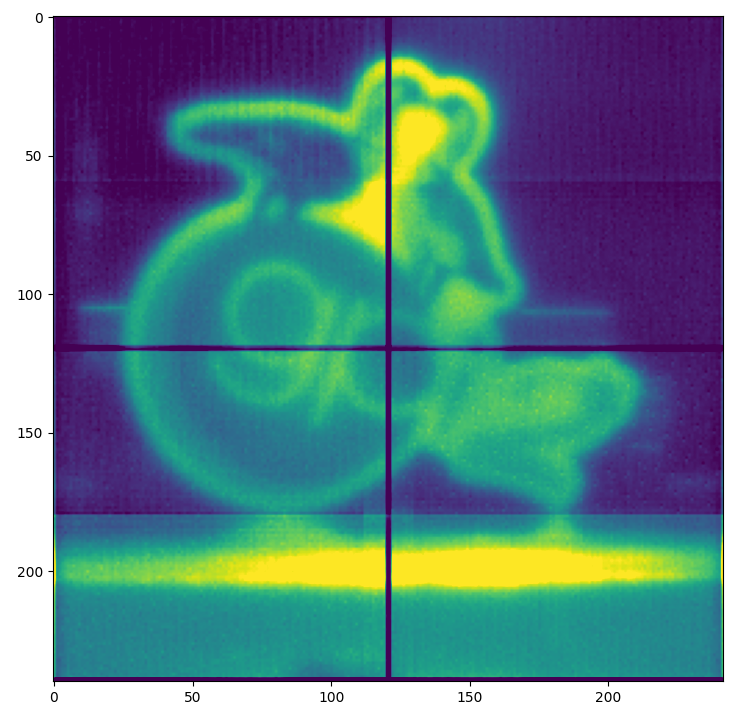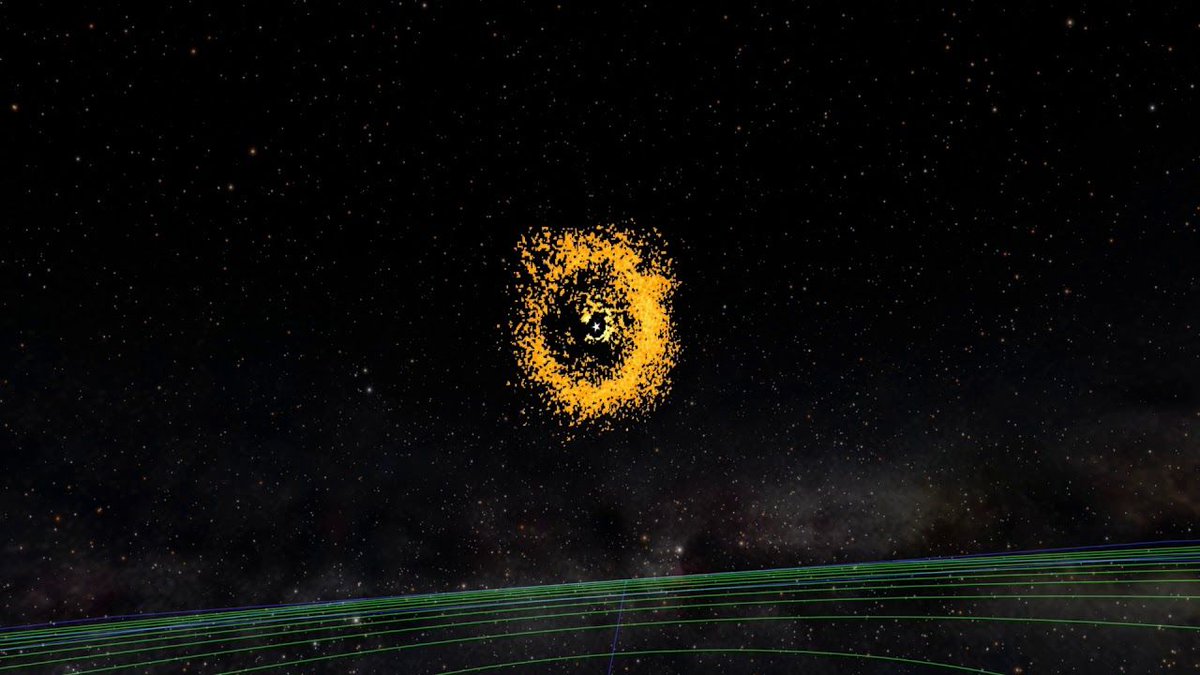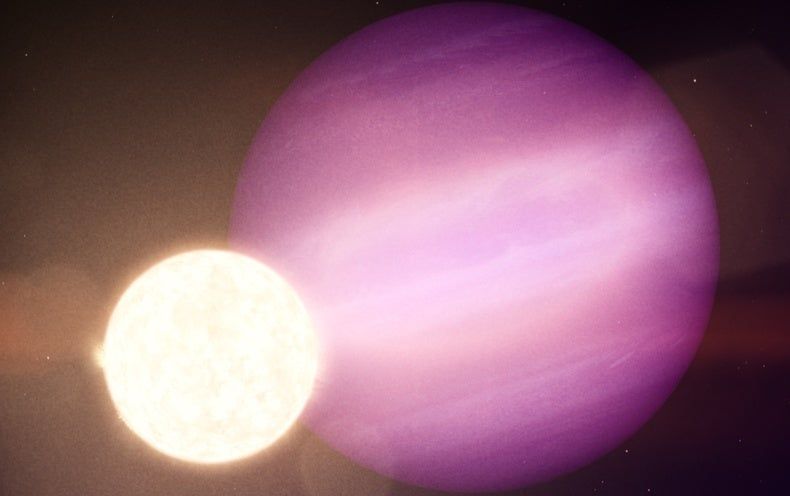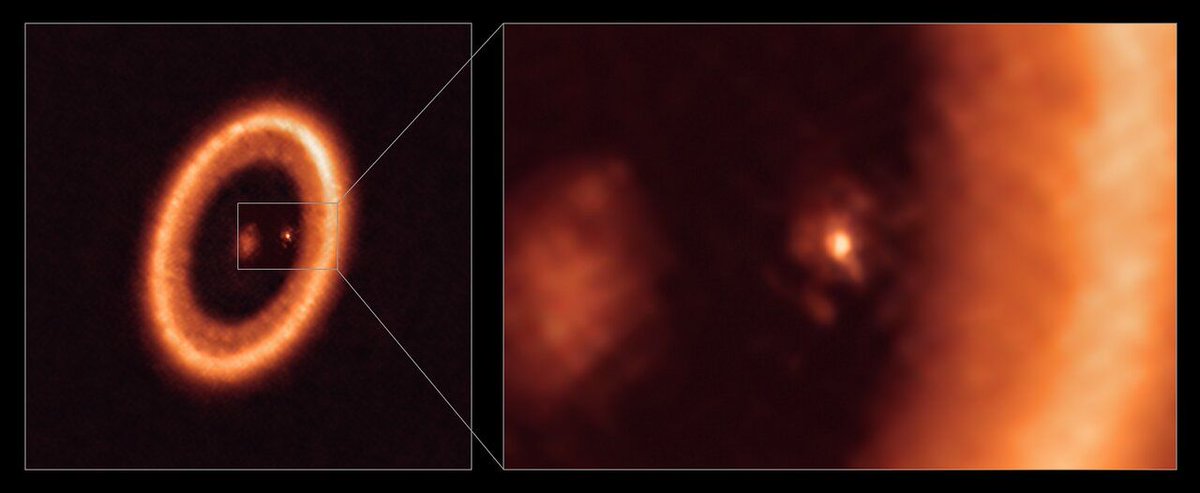
Gemini Planet Imager
@planetimager
The Gemini Planet Imager (GPI or Gee-pi) is an instrument to search and characterize young Jupiter-like exoplanets.
ID: 2172498296
http://planetimager.org 03-11-2013 17:14:15
317 Tweet
1,1K Followers
40 Following

"The Gemini Planet Imager Exoplanet Survey: Dynamical Mass of the Exoplanet beta Pictoris b from Combined Direct Imaging and #Hipparcos + #GaiaDR2 Astrometry" arxiv.org/abs/1911.11273 "8.0 +/- 2.6 M_Jup" #GaiaMission
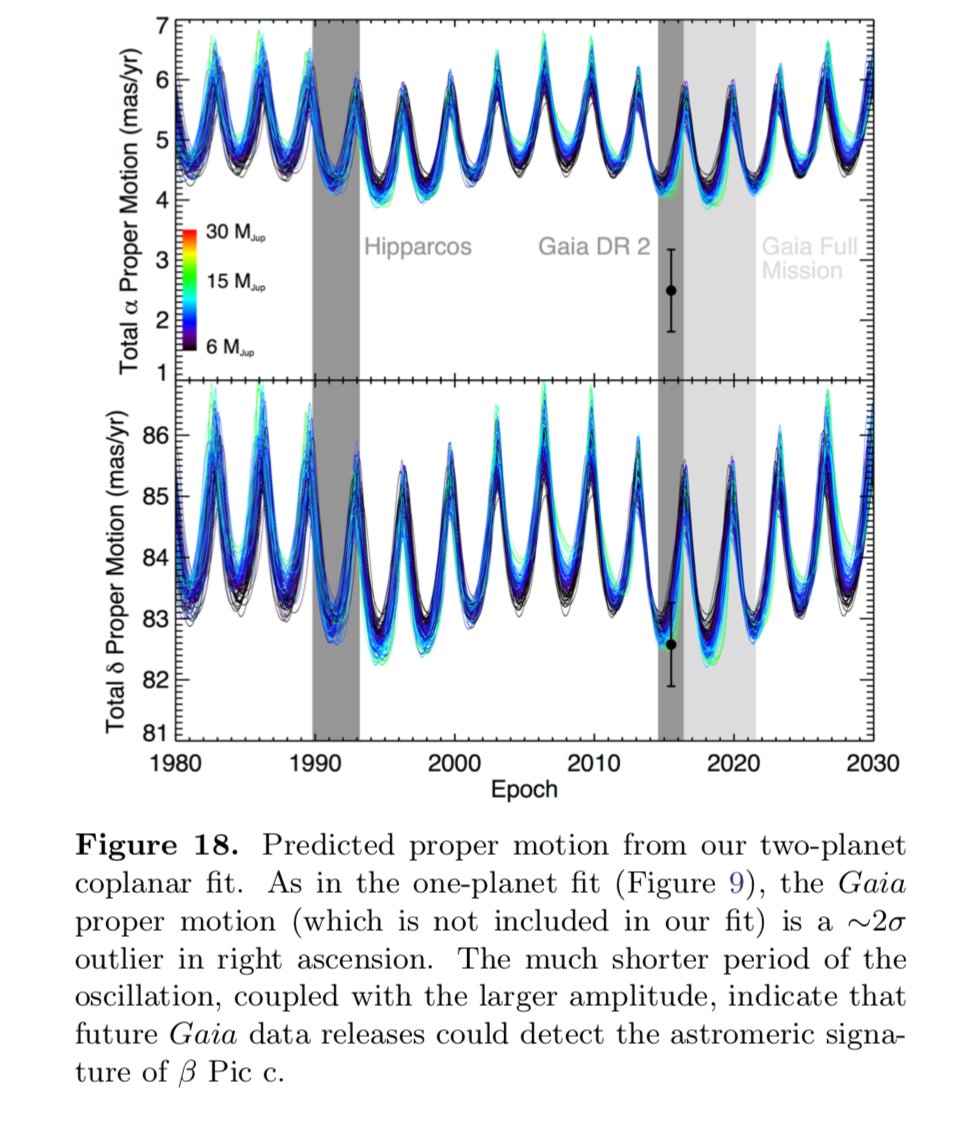

The exoplanet Beta Pictoris b. And yet it moves – A blog post by the Gemini Gemini Planet Imager team about our recent article on the study of this exoplanet and the future of GPI. buff.ly/355Qkdu
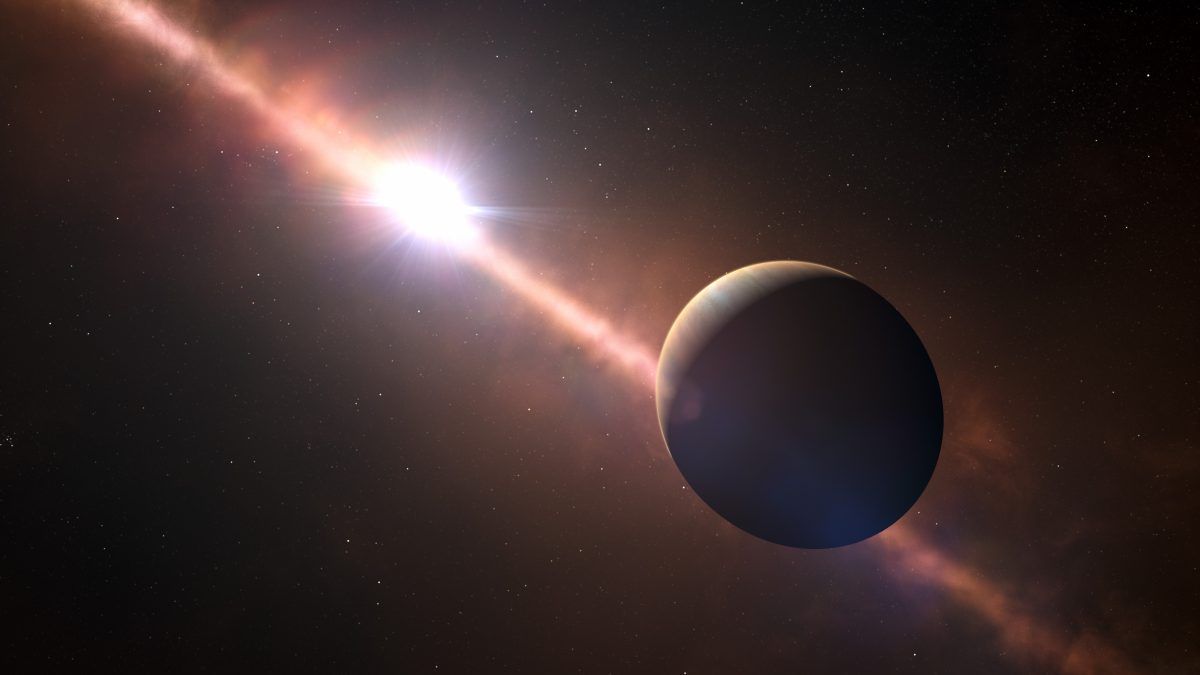

#exoplaneta Beta Pictoris b. ¡Y aún así se mueve! - video muestra combinación de todas las imágenes de Gemini Planet Imager de beta Pic b desde 2013 hasta 2018. Mire aquí: buff.ly/30jB7UP | Artículo completo: buff.ly/2EBOaXu

KIPAC Public Lectures Tuesday June 2 (6pm PT) "Pictures of Distant Worlds" by Bruce Macintosh. Find out about the first-ever images of other solar systems — and the technology that has allowed us to see them, such as the Gemini Gemini Planet Imager — and more! buff.ly/2TMG9qF

Dr. Jason Wang Jason Wang of Caltech told us about the recent announcement that astronomers using the Near-Infrared Camera (NIRC2) on the Keck II telescope at W. M. Keck Observatory have directly imaged two infant gas giants: PDS 70b and PDS 70c. buff.ly/2UsBRp5
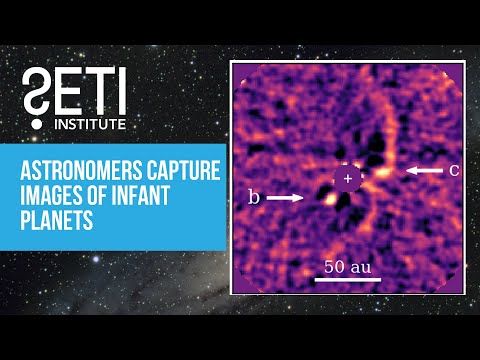


Those are snapshots from the largest collection of sharp, detailed images of dusty debris disks around young stars. The images captured by Gemini Gemini Planet Imager illustrate the variety of shapes and sizes that stellar systems can take during their infancy. buff.ly/37VRsCO
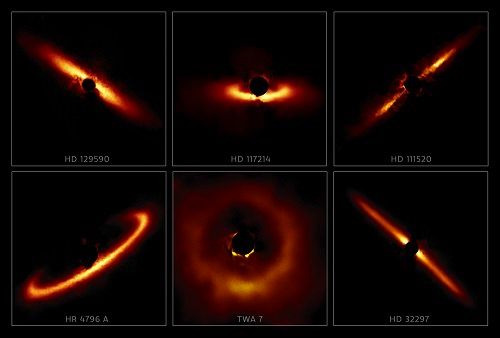


“Cosmic Conversation” Franck Marchis (Franck Marchis) of the The SETI Institute and Ryan Wyatt of the California Academy of Sciences to discuss direct imaging of Earth-like exoplanets—perhaps even the exoplanet closest to us, orbiting Proxima Centauri! buff.ly/2EgQ5ED



What if there were a museum that contained every type of life form in the Universe? This melodysheep video describes this fantastic place and gives us the opportunity to dream about them by mixing art and science. Enjoy this beautiful video! #SETI buff.ly/2FkUTsV


The Gemini Planet Imager Gemini Planet Imager is leaving Cerro Pachon and Gemini South Gemini Observatory . (Pictures from Gemini and Fredrik Rantakyro and Alan McConnachie)
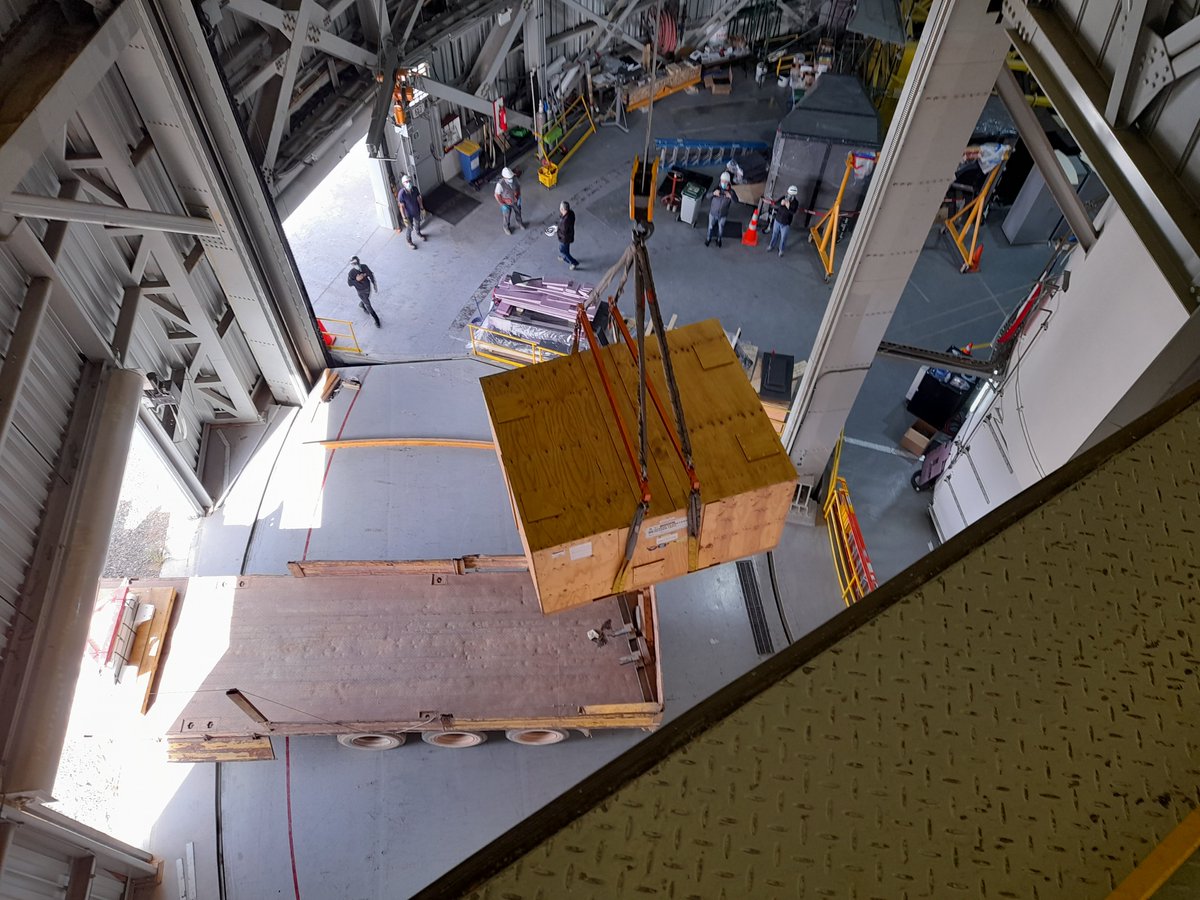

It’s happening… finally! Gemini Planet Imager is going to University of Notre Dame to be upgraded and then will be shipped to Gemini Observatory North to find more planets and image disks around young stars.

I have arrived at University of Notre Dame to be refurbished with a better WFS, new electronics and optics, so I reach a better sensitivity and contrast.



From dr briley lewis: Curious about what polarimetry is, and how it can help us understand the universe? This guide is for you! astrobites.org/2022/10/23/ast… feat. science cases & results from Gemini Planet Imager Event Horizon 'Scope ALMA Observatory📡 SOFIA Telescope and more

GPI (2) has got a brand new look! Testing out our adaptive optics on GPI's updated logo that features native Hawaiian geese, called nenes, in honor of GPI 2's future home at Gemini Observatory North.
